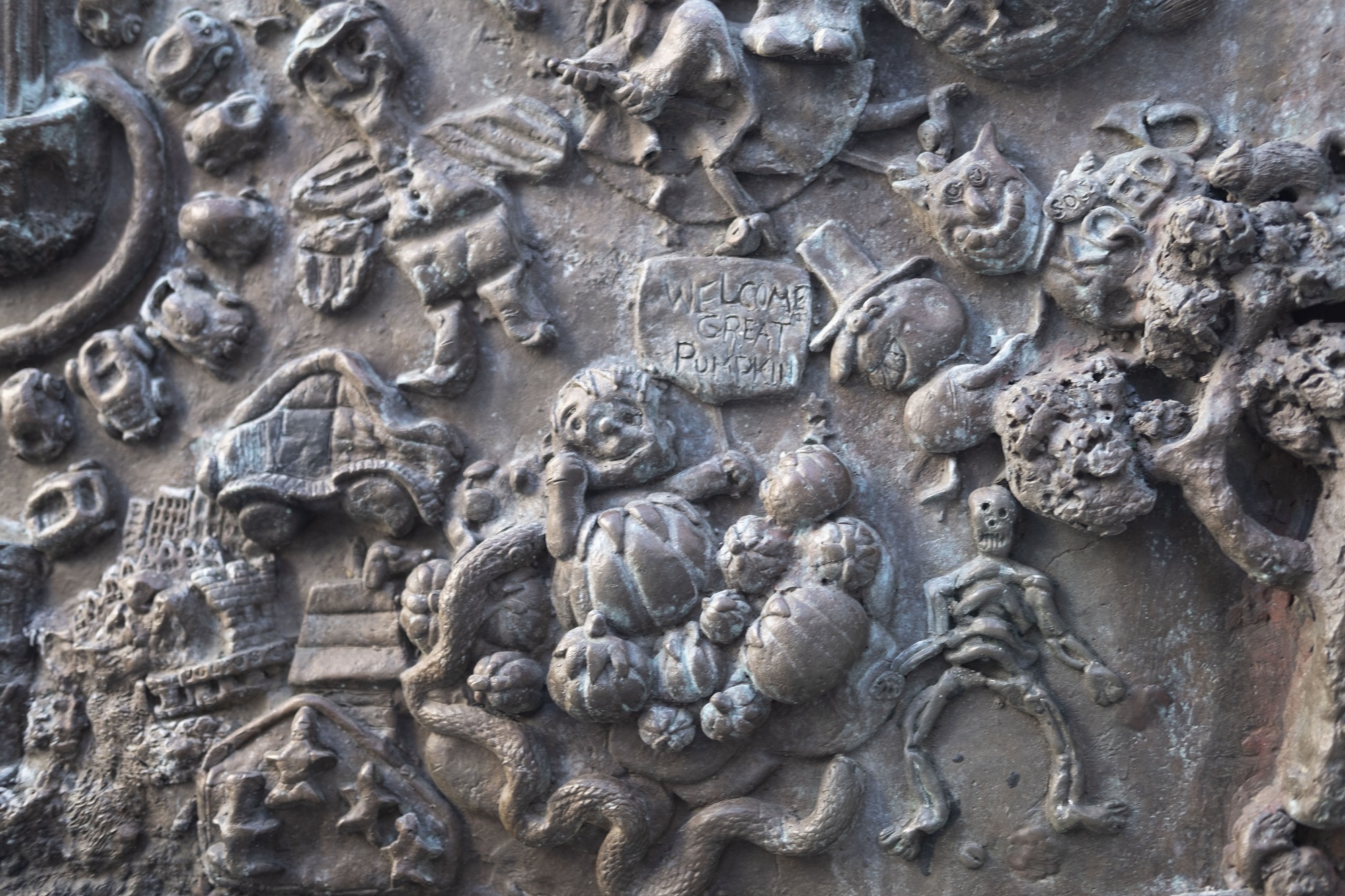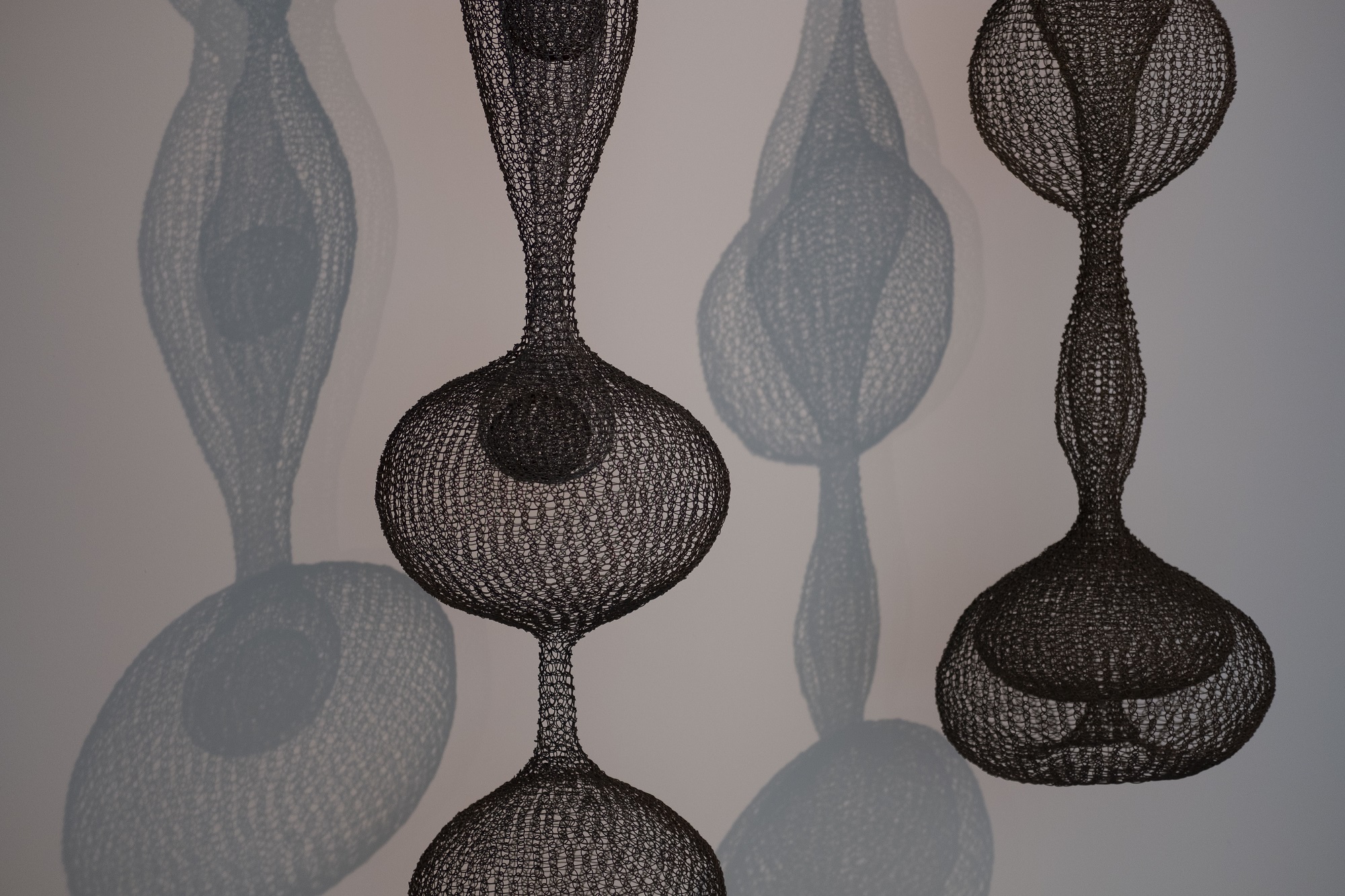Kachun Leung
Majors: Art and Psychology
Guiliano Fellow, Summer 2019
"Appropriating Modernism: Art of the Japanese American Internment Camps"
When I was little I had a fascination with art museums. The long hallways and grandiose
paintings of the Metropolitan Museum of Art evoked an unparallel sense of curiosity
in me as a child. This love of museums is what inspired my decision to major in art
history at Stony Brook, and in turn, influenced my decision to travel to San Francisco
and Los Angeles this last summer as part of the Guiliano Fellowship.
In many American art history survey classes, the canon is predominately made up of white, male artists. More recent art historical research has therefore explored beyond this homogenous mold and serious consideration is now placed on the inclusion of women, people of color, and sexual minorities within the traditional canon.
Building on these efforts, a central focus of my travel and continued research was
to further explore the works of Asian American artists, specifically those of Japanese
descent. In the Fall 2018 Semester, I had worked on a faculty-led independent research
project on the works of artist Hisako Hibi and how her experiences in the World War
II-era internment camps acted as a catalyst for a shift in her artistic practice.
For art historians, this shift found in other artists of this period as well represented
a communal attitude shift towards the development of a distinct Asian American identity.
Before my travels, I was therefore interested in further contextualizing the circumstances
that led to the formation of ethnic identity. Furthermore, San Francisco’s and Los
Angeles’s historically large and influential Japanese American community made the
two cities an ideal site for my continued exploration of twentieth-century Japanese
American art.
In San Francisco, I focused my travels mainly on the works of Ruth Asawa. She is the most well known of the early twentieth century Japanese American artists. Her popularity made her a perfect case sample to explore a specific aspect of my research, which has been the investigation of contrasting recent public reception of artwork in comparison to more contemporary criticism. I examined this issue through two lenses. Firstly, the analysis of public installation pieces and secondly, visits to cultural institutions within the Bay Area.
All of Ruth Asawa’s later public commissions are found throughout the San Francisco and San Jose area. Due to time constraints, I focused on three of them during my trip: San Francisco, Andrea, and Aurora. I predominately asked two questions when viewing these public works. First, I wanted to gain a better sense of what the overall area was like (was it a well-trafficked area? What buildings or other structures surround it?). Second, I wanted to contrast these with her more well known “fish-net” wired sculptures. Addressing the first question, I found that a number of her works were actually in very touristed and busy areas within the city. Secondly, I have noticed that she departs from her more abstracted forms in these later public commissions. This latter observation is one that I find interesting as an art history student and one that I wish to pursue further. Upon inspection, these sculptures lack elements of abstraction. As a follow-up question, I would like to know how these pieces act in dialogue with her earlier studies of geometric patterns and Bauhaus inspired shapes.
 While in San Francisco I also visited several cultural institutions such as SF MoMA
and the De Young Museum. The goal of these visits was to further contextualize what
the art scene was in California during the early twentieth century. Even more important,
I wanted to see how present-day curators dealt with these artists within the museum
setting. Central to this was the
While in San Francisco I also visited several cultural institutions such as SF MoMA
and the De Young Museum. The goal of these visits was to further contextualize what
the art scene was in California during the early twentieth century. Even more important,
I wanted to see how present-day curators dealt with these artists within the museum
setting. Central to this was the
question, are these Asian American artists still viewed within the periphery of the canon of American art history? I found that while these institutions focused on the diversity of California artists, they still lacked a coherent way to include them within the overall space. This was most evident in the De Young Museum that had a whole exhibition dedicated to the relationship of San Francisco within the artistic imagination. While they had rooms surrounding themes like the city’s history of earthquake-related disasters, Ruth Asawa was the only Asian American artists within the exhibition. Even then, her wired sculpture was placed within the context of the first room where a general introduction was given to the history of the arts in San Francisco. This suggests that while Asian American artists like Asawa are gaining recognition, our understanding of their overall role with other major themes and movements remains insufficient.
Following my time in San Francisco, I spent a few days in Los Angeles. Similar to my goal in the Bay Area, I visited numerous cultural institutions including LACMA and LA MoCA. However, the focus of my time in Los Angeles was to visit the Japanese American National Museum and their library archive. I wanted to see if there were any records kept from the internment camps relating to the arts or writings by artists. Unfortunately, the records that I examined did not discuss their artistic practices as much as I would have wanted. Nevertheless, this could just be a reflection of how the period in the internment camps was viewed by the generation of survivors as a time that was collectively repressed by the Japanese American community. Moreover, I did find a number of books written by the late curator Karen Higa who worked extensively on Japanese American artists, many of which I did not know about before this trip.
Overall, in terms of impact on my learning and academic interests in art history, I believe that this still complimented my current interests. Even though I could not find archival documents and information that was useful during this trip, my time spent in Los Angeles still provided me with the skills needed for any future archival work. These are skills that I anticipate using in the future. Secondly, being able to contextualize the works of Japanese American artists in California was extremely valuable in shaping my research interests. This trip has helped me further sharpen the questions that I wish to ask as an art historian of Asian American art, and this is one aspect of my trip that I am truly grateful for gaining.
The Guiliano Global Fellowship Program offers students the opportunity to carry out
research, creative expression and cultural activities for personal development through
traveling outside of their comfort zone.
GRADUATE STUDENT APPLICATION INFORMATION
UNDERGRADUATE STUDENT APPLICATION INFORMATION
Application Deadlines:
Fall deadline: October 1 (Projects will take place during the Winter Session or spring semester)
Spring deadline: March 1 (Projects will take place during the Summer Session or fall semester)
Please submit any questions here.
